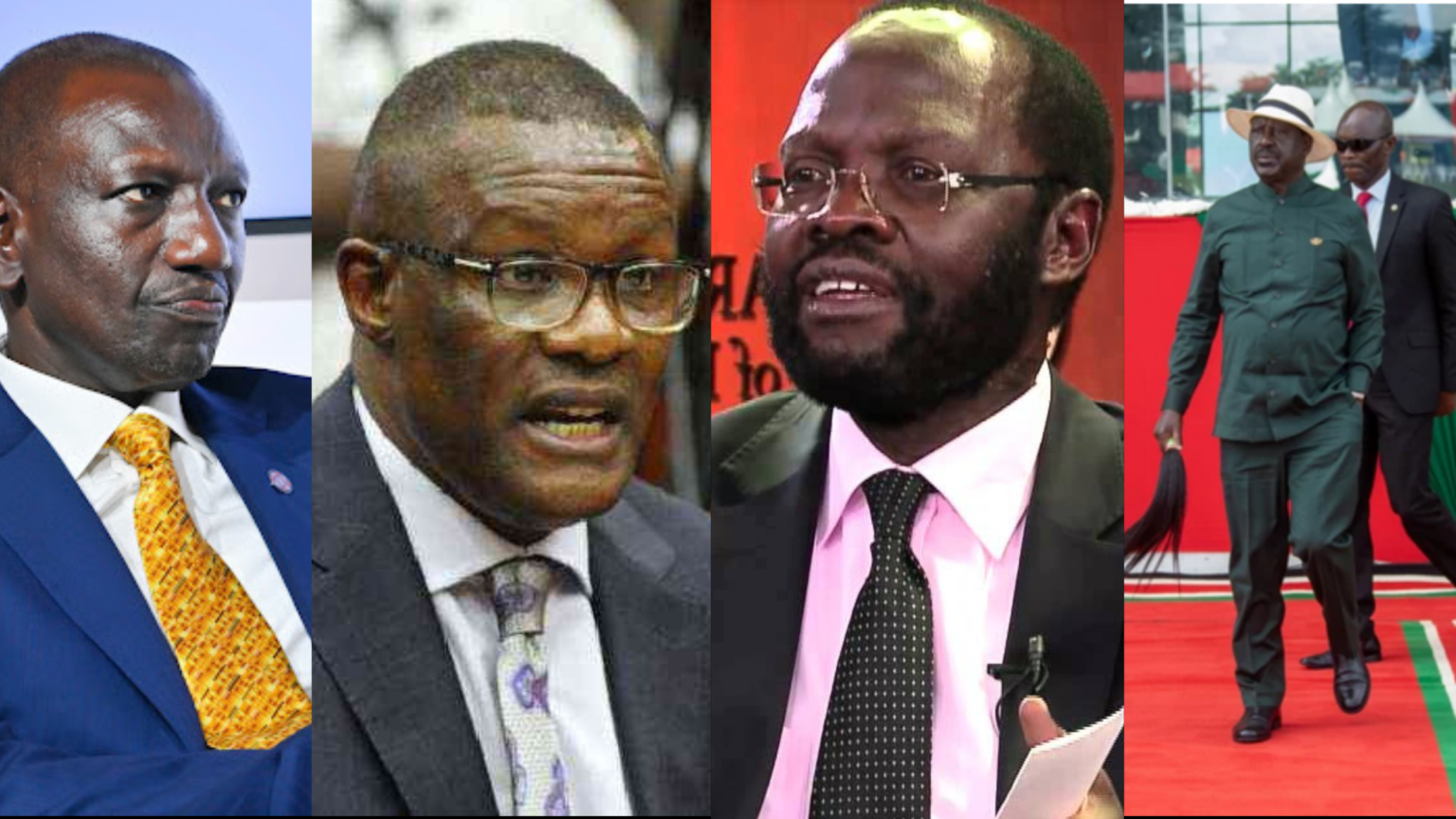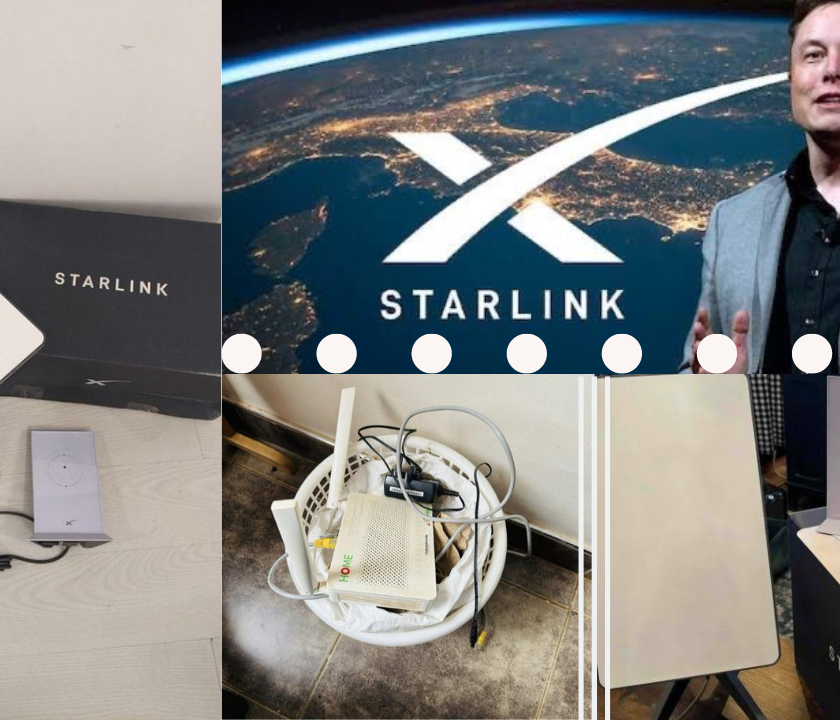The Nyanza International Investment Conference (NIC), slated for June 28-29, 2024, in Kisumu, has become a hotbed of political machinations and territorial disputes, particularly among the ODM-aligned professionals and their UDA-aligned counterparts. Organized by the Nyanza Professionals’ Forum, this event purportedly seeks to galvanize economic growth and development across the six counties of Nyanza province—Homa Bay, Kisii, Kisumu, Migori, Nyamira, and Siaya—by courting both local and international investors. However, beneath the veneer of economic aspirations lies a battleground for political supremacy and influence.
This high-profile conference, expected to draw over 1,200 delegates, including government officials, financial organizations, academic institutions, SMEs, and members of the Nyanza Diaspora, is ostensibly aimed at showcasing Nyanza’s investment potential across sectors such as agriculture, tourism, the blue economy, infrastructure, and ICT. President William Ruto’s scheduled attendance to officially open the conference at Ciala Resort in Kisumu underscores the event’s significance. Chaired by Japh Olende with Charles Nyachae as his deputy, the conference is being positioned as a pivotal moment for Western Kenya’s economic future.
Controversy Over Procedural Oversight and Political Undertones
Yet, the event’s organization has ignited a maelstrom of controversy. In a public statement, the six governors of the Nyanza region have expressed vehement disapproval over their exclusion from the planning process. They allege that the Nyanza Professional Forum’s unilateral decision to associate their names and images with the conference, without prior consultation or consent, is a gross overreach. The governors were blindsided by media reports suggesting their involvement, which they categorically denied. Their demand for a public apology from the organizers, coupled with a call for transparent communication and proper inclusion in the event’s planning, highlights the depth of their indignation.
This discontent among the governors is not merely about procedural oversight; it is imbued with significant political undertones. Nyanza, predominantly a stronghold of the Orange Democratic Movement (ODM), has found itself in a precarious position as ODM and its leader, Raila Amolo Odinga, were conspicuously left out of the organizational framework. This exclusion is perceived by ODM supporters as an attempt by President Ruto and his UDA allies to undermine Odinga’s influence in his own bastion. The optics of President Ruto presiding over an event in Odinga’s political heartland, without any significant acknowledgment of Odinga or ODM’s contributions, is seen as a strategic maneuver to diminish ODM’s clout.
Central to this contentious scenario is Cabinet Secretary for Information, Communications, and the Digital Economy, Eliud Owalo. Owalo, a prominent UDA apparatchik in Nyanza, is viewed as the orchestrator behind the exclusion of ODM leaders. His involvement is interpreted as a calculated effort to shift the political narrative in Nyanza by leveraging the conference to enhance UDA’s visibility and credibility in the region. By sidelining ODM in a conference of such magnitude, Owalo and his UDA allies appear to be sending a message that they are the emerging power brokers capable of driving development and attracting high-level attention, including that of the President.
Eroding ODM’s Political Foundations in Nyanza
This perceived marginalization has not gone unnoticed by the ODM-aligned professionals and the wider ODM constituency. The governors’ outcry, coupled with the broader political context, underscores a palpable sense of betrayal and disenfranchisement. For ODM supporters, the conference, rather than being a neutral platform for economic discourse, is viewed as a UDA-dominated initiative aimed at eroding ODM’s political foundations in Nyanza. The use of governors’ images without their consent is seen as not just an administrative lapse but a deliberate ploy to create a facade of inclusivity and broad-based support.
The NIC, therefore, emerges as a stage for political grandstanding rather than an unbiased economic forum. The UDA-aligned organizers are perceived as opportunists leveraging their government connections for personal and political gain at the expense of ODM’s entrenched support. This has intensified the antagonism between the two factions, with UDA-Nyanza professionals positioning themselves as the new vanguards of development, ostensibly capable of bridging the gap between Nyanza and the national government.
The Conference, Historical Injustices in Nyanza and Ruto’s Record
For the Nyanza populace, particularly the Luo community, the legacy of bloodshed and political turmoil looms large over any engagement with the UDA government. The last four election cycles, marred by allegations of rigging to thwart Raila Odinga’s presidential aspirations, have left deep scars. The memories of police brutality and the loss of lives resonate profoundly within the community. In this context, any Luo aligning with UDA without Raila Odinga’s endorsement or without the structured backing of Nyanza’s governors is perilously treading on treacherous ground. The blood that has been spilled in these political confrontations demands appeasement and restitution, a sentiment that runs deep among the culturally conscious Luos. Any attempt to sidestep these grievous historical injustices for the sake of political convenience is tantamount to chasing an illusion.
The timing of the Nyanza International Investment Conference exacerbates these tensions, coming so soon after the alleged assassination of General Francis Omondi Ogolla, a prominent Luo figure and former Commander of the Defense Forces. His death, shrouded in suspicion and calls for thorough investigations, adds to the sense of unresolved grievances within Luo land. President William Ruto, perceived as having illegitimately seized the 2022 election from Raila Odinga, and implicated in the violent suppression of Luo protesters, remains a polarizing figure. For the Luo community, any leader who collaborates with Ruto is seen as complicit in perpetuating these injustices, irrespective of the purported economic benefits such collaboration might yield.
The bitterness is further compounded by Ruto’s governance record, characterized by accusations of over-taxation, rampant corruption, tribalism in public appointments, and political duplicity. His administration’s contentious decisions such as the introduction of GMOs under foreign pressure, over-borrowing and the controversial semi-legalization of homosexuality, have only served to erode his popularity not just in Nyanza but across Kenya. Against this backdrop, Luo leaders who align themselves with Ruto are perceived as betraying their community’s long-standing struggles and sacrifices. The economic development purportedly championed by the conference is overshadowed by these profound and unresolved grievances, casting a pall over any efforts at genuine progress.
Undermining the Essence of Genuine Engagement and Development
Needless to say, the Nyanza International Investment Conference starkly illustrates the intense struggle between ODM and UDA-aligned professionals, with political control and clout chasing reverberating through the region. Despite the UDA-aligned forces’ tireless efforts to leave an indelible mark on Nyanza’s economic landscape, their attempts to eclipse ODM and Raila Odinga are ultimately disadvantageous. This uphill battle for short-term political gains, marked by a strategy that sidelines the region’s most influential political entity, risks alienating the very community they aim to serve. Such a shortsighted approach appears counterproductive and undermines the essence of genuine engagement and development.
The Nyanza populace, bearing deeply ingrained memories of political struggles and sacrifices, remains skeptical of any attempts to circumvent their established leaders and historical grievances. UDA’s endeavors, though ostensibly in the name of development, are perceived as opportunistic and dismissive of the region’s political heritage. Thus, the conference becomes a symbolic battleground, where the political contest is as evident as the economic goals. For meaningful progress and genuine development to flourish, a harmonious blend of respect for political realities and an inclusive approach that recognizes ODM’s contributions is essential. Only through transcending political rivalries and fostering genuine collaboration can Nyanza’s aspirations be truly realized, transforming the conference from a mere point-scoring event into a catalyst for enduring growth and unity in the region.
Kenneth Ochieng




